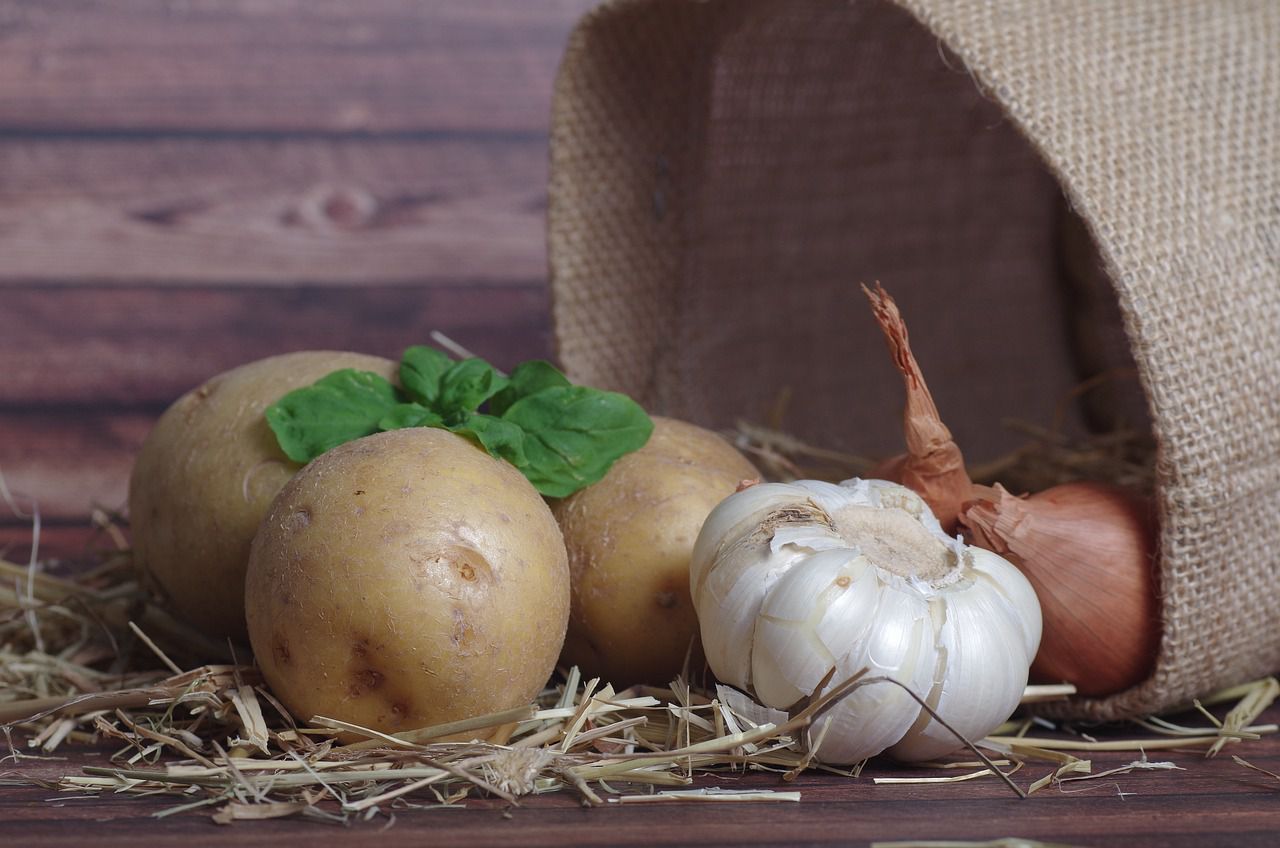When you have good soil, everything grows well, and every harvest makes you happy.
But if you want to have good yield of potatoes on poor soil, you need to work a bit harder to achieve great results.
Here are a few things you can do to help your plants.
Soil Preparation
Prior to planting, prepare the soil by removing any weeds, rocks, or debris.
Incorporate organic matter such as compost, well-rotted manure, or leaf mulch into the soil to improve its fertility, structure, and water-holding capacity.

This helps provide essential nutrients and promotes root development.
Nutrient Management
Potatoes require adequate nutrients to thrive.
Conduct a soil test to determine its nutrient deficiencies and pH level.
Based on the results, add the appropriate organic or synthetic fertilizers to supplement the soil with essential nutrients like nitrogen, phosphorus, and potassium.
This will promote healthy plant growth and improve yield.
Proper Spacing
When planting potatoes, ensure proper spacing between plants.
This allows each plant to receive sufficient sunlight, nutrients, and air circulation.
Crowded plants compete for resources, resulting in reduced yield. Follow spacing recommendations specific to the potato variety being planted.
Crop Rotation
Rotate potato crops annually to avoid the buildup of pests, diseases, and nutrient deficiencies in the soil.
Planting potatoes in the same area year after year can lead to reduced yields.
Rotate with other crops like legumes, grains, or brassicas to improve soil health and minimize disease pressure.









